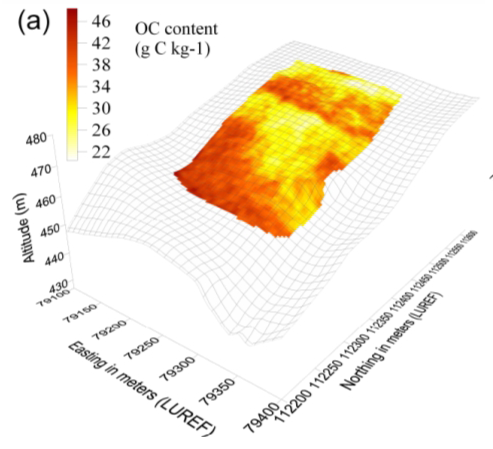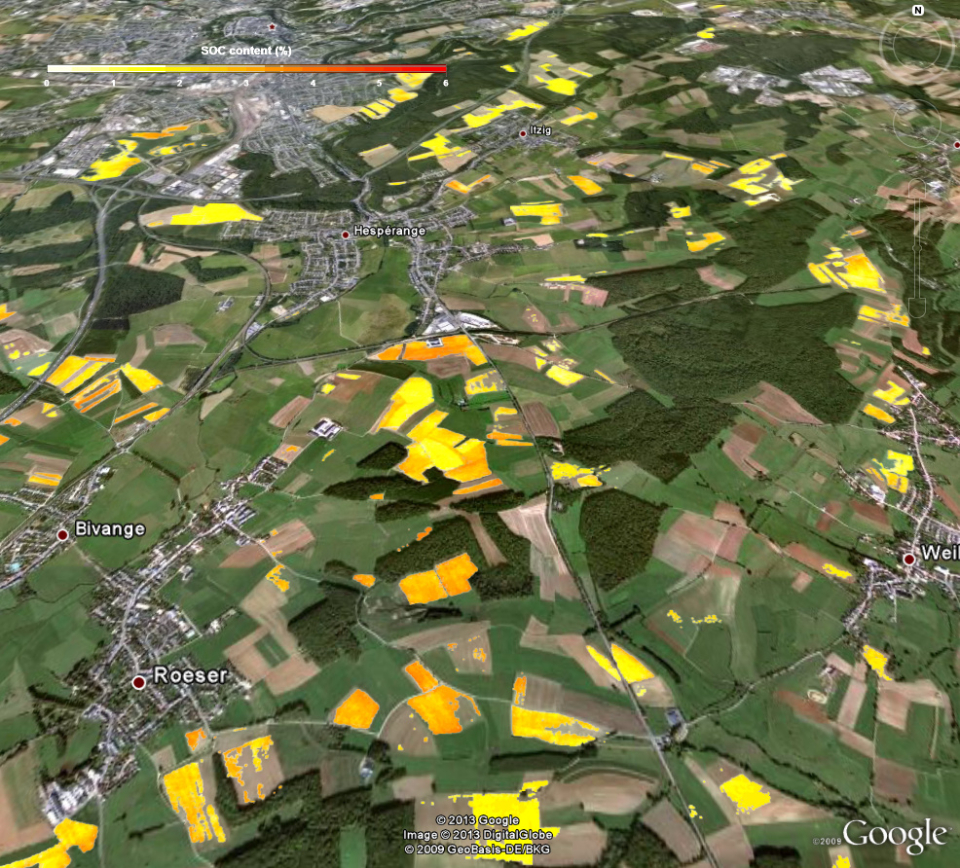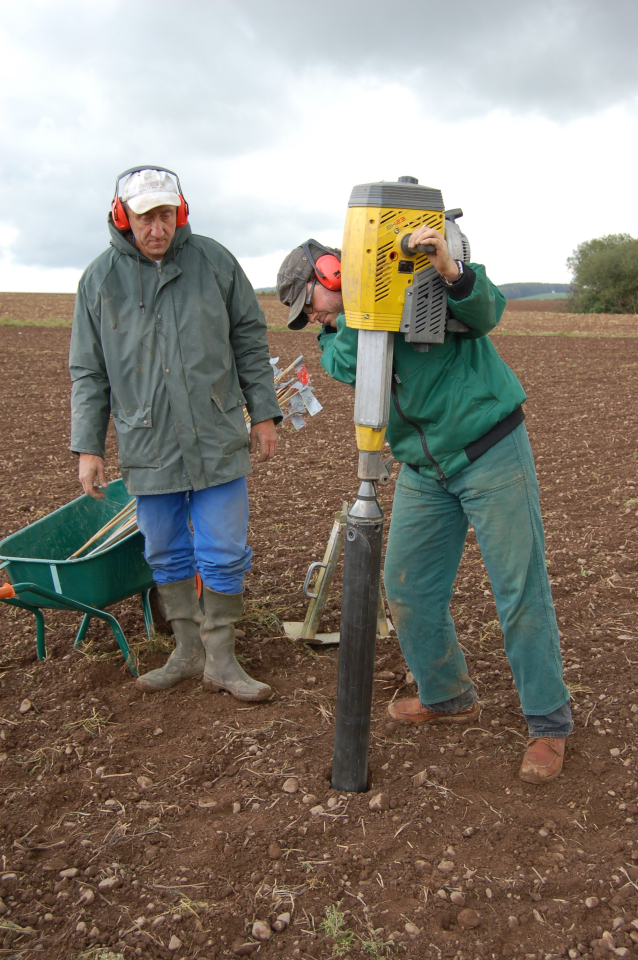Context and objectives
The detection of changes in soil organic carbon (SOC) concentration is essential in both the assessment of SOC sequestration and soil quality. Within the EU soil thematic strategy the depletion of organic matter is mentioned as one of the major threats to the soil resource. As one of the first countries Luxemburg has taken the initiative to monitor the SOC concentration of individual fields to allow for eventual CO2 credits and as an indicator for good agro-ecological conditions (GAEC).
The aim of this project is to develop an efficient and operational methodology to detect SOC changes in croplands using Imaging Spectroscopy and to map the SOC contents of croplands with high resolution and minimal calibration.
The current project is a spin-off from BELSPO projects in 2002, 2003 and 2005 using imaging spectroscopy to detect SOC contents of croplands. The method has not yet been applied over larger areas with different soil types and a gradient in SOC contents. The cartography of SOC contents in croplands is another aspect that has not been addressed previously due to either a sensor that did not capture the full VIS-NIR spectral range or a non-optimal timing of the flight campaign during the growing season.
Project outcome
- Better understanding of the impact of roughness and moisture effects on the reflectance spectra
- A methodology to analyze spectral data (Pre-treatments + Outlier removal +PLS regression).
- A cost-benefit analysis of each spectroscopic techniques and Imaging Spectroscopy in particular, in the context of soil monitoring systems
- SOC maps for the three different sensors and analyses (RS; ASD, chemical analysis) for the experimental fields and SOC maps for cropland in the 4 agro-geopedological zones.
- The project will also define a protocol for good calibration of spectral data in the field (surface conditions characteristics required, sampling needs in relation to spatial variability, robustness of the calibration across physiographic region)
- Guidelines for SOC monitoring using hyperspectral techniques and baseline for future carbon content studies
| Project leader(s): | UCL - Georges Lemaître Centre for Earth and Climate Research | |||
| Belgian partner(s) |
|
|||
| International partner(s) |
|
|||
| Location: |
Region:
|
|||
| Related presentations: | ||||
| Related publications: | ||||
| Website: | ||||


